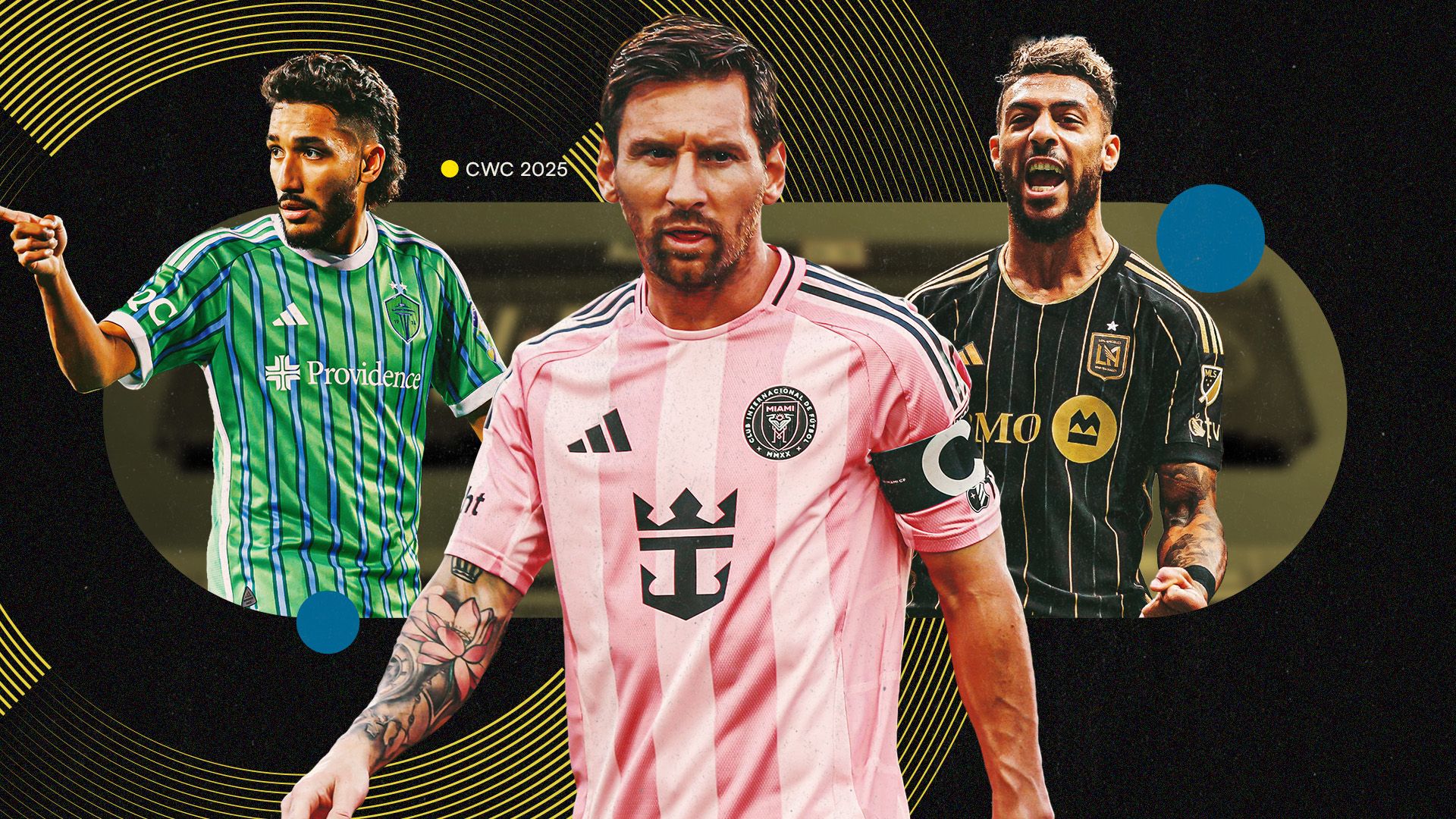MLS Club World Cup Lessons: Time to Raise the Bar
MLS Club World Cup participation exposed both promise and painful gaps for three Major League Soccer sides in FIFA’s expanded showcase, leaving decision-makers with urgent questions about how to bridge the gulf to Europe and South America.
MLS Club World Cup performance in numbers
One win, three draws and six defeats. A minus-8 goal difference. These cold statistics underline how Seattle Sounders, Los Angeles FC and Inter Miami struggled to keep pace. Only Lionel Messi’s Miami clawed its way into the knockouts, and even that brief run ended the moment it faced a top-tier European giant. The broader picture is clear: despite soaring franchise valuations and record attendances at home, MLS lags behind on the international stage.
Why the gap remains
Calendar clashes and conditioning
MLS plays from late February to December, the reverse of most major leagues. When the MLS Club World Cup fixtures kicked off in June, American teams were barely a third of the way through their domestic calendar, while European opponents arrived razor-sharp after long title races and Champions League campaigns. Commissioner Don Garber has hinted at tweaking preseason workloads, but a deeper re-think of the scheduling dilemma is unavoidable.
Salary cap restraints
While Designated Player rules attract stars such as Messi and Luis Suárez, the majority of an MLS roster remains bound by a stringent salary cap. European and Brazilian clubs can fill their benches with million-euro talents; MLS benches often feature minimum-wage youngsters. Raising or loosening the cap—without sacrificing the league’s hard-earned parity—could allow clubs to retain emerging academy products and recruit deeper, more experienced squads.
Youth development still maturing
Philadelphia Union, FC Dallas and the Sounders export teenagers to the Bundesliga with increasing frequency, but these players typically leave before hitting their prime. The league’s challenge is twofold: produce more high-ceiling prospects and create an environment attractive enough to keep a portion of them through their age-23 seasons, when they can meaningfully influence an MLS Club World Cup campaign.
Learning from past continental success
Seattle lifted the 2022 CONCACAF Champions League, while LAFC and the Sounders both reached recent finals. Those moments show MLS can beat Liga MX heavyweights over two legs. Yet even that high watermark barely translated to the global arena. The missing ingredient seems less about isolated quality and more about depth, tactical adaptability and the relentless weekly grind that players face in the Premier League or Brasileirão.
Action plan for 2025 and beyond
Align the transfer window
Clubs frequently arrive at the MLS Club World Cup with half-settled rosters. Moving the primary transfer window to April–May would give technical directors time to assess early-season needs and close deals before the tournament kicks off.
Invest in coaching education
Brian Schmetzer admitted that simply “getting a result” against a European favorite felt “unbelievable.” That mindset must evolve. MLS clubs should subsidize UEFA Pro-License courses, encourage multilingual scouting staffs and adopt analytics departments on par with EPL sides. Tactical confidence, not just athletic fitness, wins knockout ties.
Create CWC-specific preparation camps
Rather than squeezing additional friendlies into an already congested summer, MLS could establish two-week high-intensity camps modeled after national-team setups. Bringing together sports scientists from across the league would replicate the tempo and physicality of global competition.
The Lionel Messi effect isn’t enough
Yes, Messi drew worldwide eyes to MLS, but star power alone cannot mask systemic shortcomings. Miami relied heavily on moments of individual brilliance, and when the Argentine maestro encountered compact European mid-blocks, his supporting cast wilted. For the league to truly compete, every position must feature players capable of executing under pressure, not just marquee signings.
Financial realities and smart spending
Premier League sides enjoy broadcast contracts dwarfing MLS’s Apple TV deal. Still, the league can spend smarter. Targeted Allocation Money already offers clubs flexibility; expanding that mechanism and incentivizing spending on defensive midfielders, center-backs and goalkeepers—positions where margins are thin but decisive—could lift overall quality.
Fan expectations and the league’s identity
Supporters oscillate between pride in MLS’s growth and frustration at international shortcomings. Transparency is key. If the league positions the MLS Club World Cup as a benchmark, clubs must communicate medium- and long-term goals. Doing so will keep fans engaged even when results sting.
Competitive balance vs. elite ambition
MLS’s unique selling point has long been parity: any team can win on any given weekend. The global game, however, rewards dynasties capable of sustaining excellence. Allowing a select group of clubs greater roster freedom for international play—while retaining mechanisms ensuring domestic competitiveness—could strike the right balance.
Will change come fast enough?
FIFA has already confirmed an even larger 32-team edition in 2029, and hosting responsibilities may again land on U.S. soil. If MLS wants to avoid another black eye, the next 18 months are crucial. Early meetings between league officials, the players’ union and U.S. Soccer could lay a foundation for practical reforms, from schedule tweaks to increased charter flights that reduce travel fatigue.
Conclusion
The 2024 edition was a sobering but necessary audit. MLS clubs learned that heart, hustle and sellout crowds are not substitutes for squad depth, tactical nuance and relentless high-level competition. Embracing structural changes now could transform future MLS Club World Cup appearances from moral victories into genuine title challenges.
Opinion
The league stands at a crossroads. Continuing with the status quo will likely yield the same bruising outcomes. Bold reforms—especially around the salary cap and calendar—carry risk, but the alternative is accepting perpetual also-ran status. MLS has never shied away from innovation; it must summon that spirit again to ensure its next global outing inspires respect, not relief from its opponents.
Share this content:
